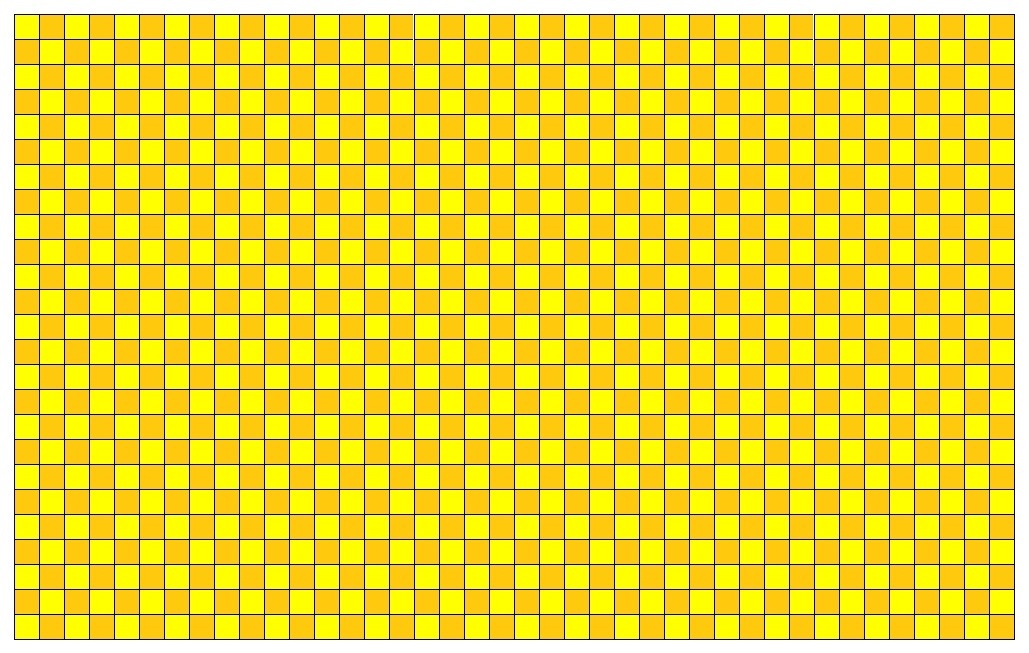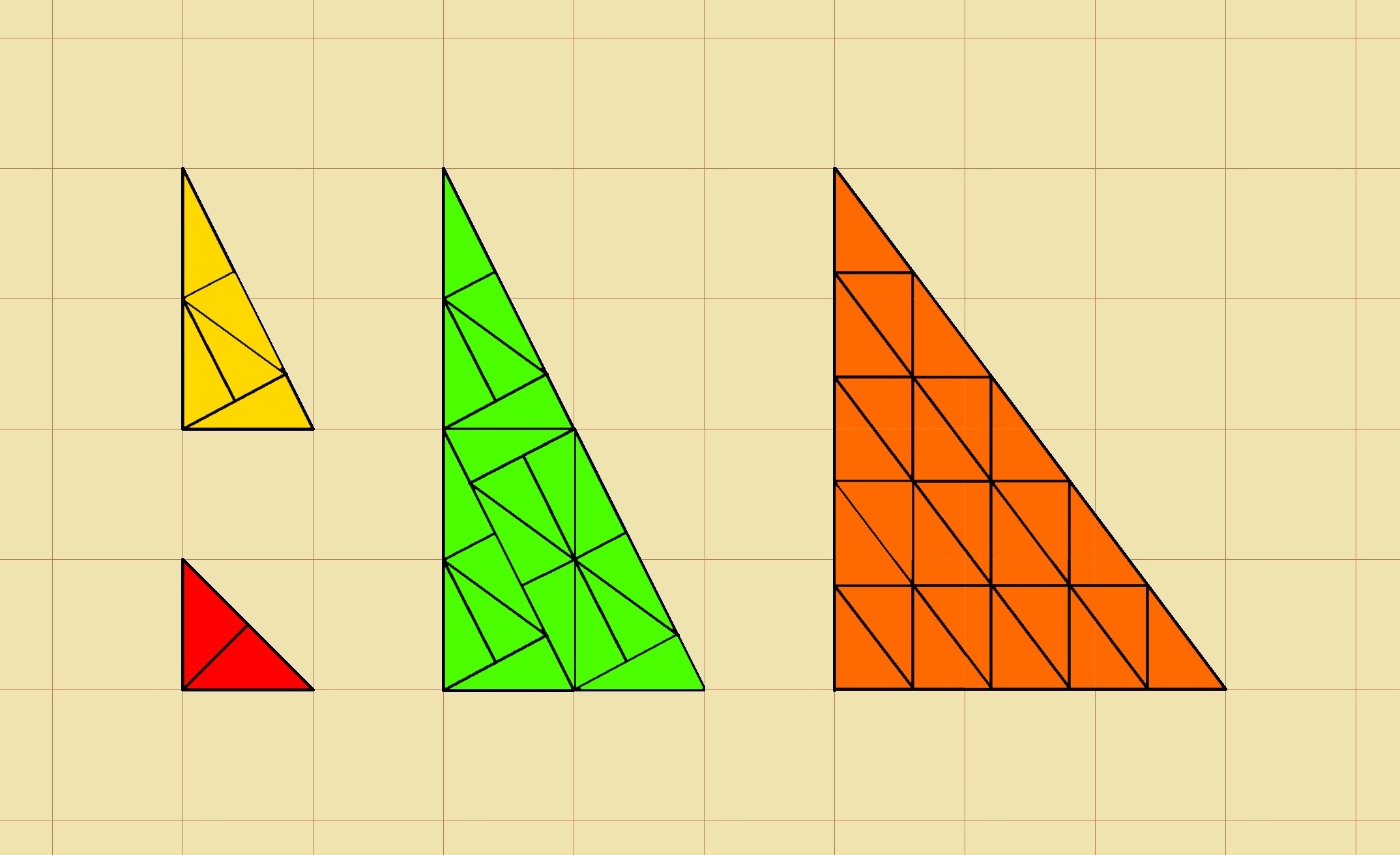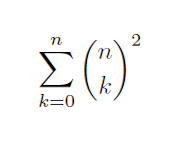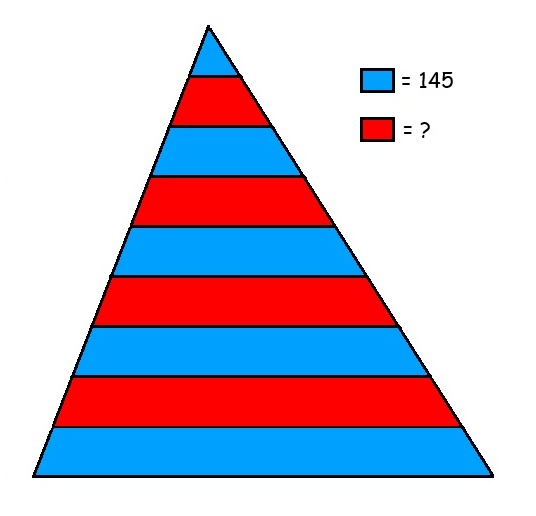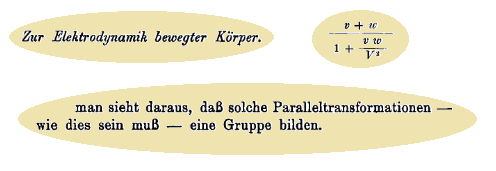
This actually happened to me, although I have rounded the odometer reading for easier calculation. The salesman might be surprised to learn that there is enough information to solve the problem.
I bought a ten-year-old car with 200000 km on the odometer.
The salesman assured me that the only previous owner was a little old lady
who only used it to drive to church on Sunday.
Approximately how far did she live from the church?
Answer = approximately 200 km.

